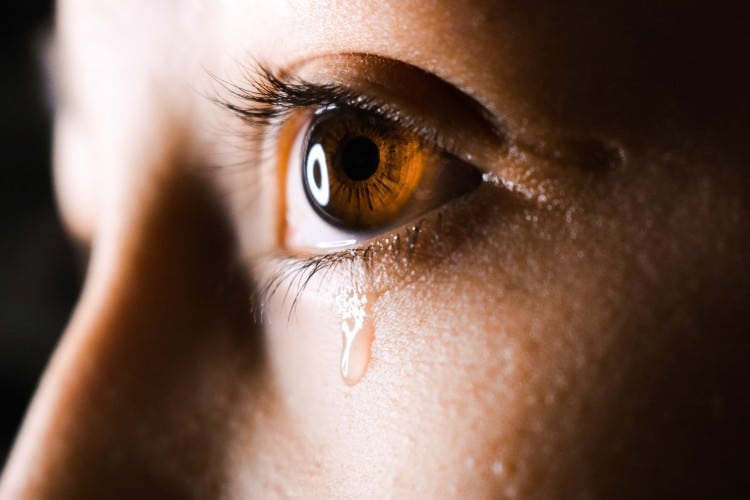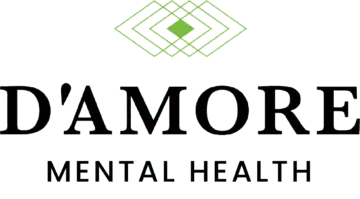Approximately 17.3 million Americans struggle with major depression each year. About 10 million also experience Seasonal Affective Disorder (or SAD for short).
Both major depressive disorder and SAD are serious conditions that can have a negative impact on your quality of life. It’s not always easy to tell which one you’re struggling with, though.
If you’re unsure whether you’re dealing with SAD or depression, keep reading. Explained below are some of the key differences between SAD vs depression. You’ll also learn about the steps you can take to combat both of these conditions.
What is Depression?
Depression is a common mood disorder that can seriously impact the way a person thinks, feels, and behaves. It can impact all aspects of their lives, from their productivity at work to their willingness to spend time with their friends and family.
A person is considered to suffer from a depressive disorder, also referred to as major depressive disorder or clinical depression, if they have symptoms that persist for at least two weeks.
What is SAD?
Seasonal Affective Disorder (or SAD) is another form of depression.
If someone struggles with SAD, they experience depressive symptoms that occur as seasons change. In most people, these symptoms start to present themselves in the fall, when the weather cools down and there’s less daylight and persist through the winter. SAD can cause symptoms of depression during the sprint and summer as well, but this is far less common.
Some people are hesitant to recognize SAD as a serious condition. They may try to brush it off and pretend that it’s no big deal. Left untreated, though, it can wreak havoc on a person’s life and cause them to feel miserable and unmotivated for months out of the year.
SAD vs Depression: Which Do You Have?
Some people have a hard time discerning between Seasonal Affective Disorder and major depressive disorder or clinical depression. Both are serious conditions that need to be addressed, but the key to receiving treatment is first knowing what type of condition you’re experiencing.
Explained below are some common symptoms associated with both SAD and depression. Once you know these symptoms, it may be easier for you to figure out which is affecting you.
SAD Symptoms
When someone is dealing with SAD, they’ll experience changes in their mood along with changes in the seasons.
For example, they may find that, when fall arrives, they lose interest in activities they once enjoyed. Their energy may be lower than usual, too, and they may find themselves feeling sluggish, struggling to concentrate at work or school, and sleeping more than they once did.
Seasonal Affective Disorder, especially when it occurs during the fall and winter, tends to cause changes in appetite and weight.
People dealing with SAD often experience a heightened sense of hunger and more frequent food cravings (especially for highly palatable foods that are high in carbohydrates and sugar). They may eat more than usual, too. This, in turn, can lead to weight gain, which can lead to more sluggishness and fatigue.
In severe cases, people dealing with SAD may find themselves having thoughts of death or suicide on a frequent basis.
Depression Symptoms
The symptoms of major depressive disorder and clinical depression are similar to the symptoms associated with SAD. A key difference, though, is that these symptoms can occur at any time of the year, regardless of what the weather’s like outside.
For two weeks or longer, a person dealing with depression will often experience feelings of sadness, hopelessness, or worthlessness. They describe themselves as feeling “empty” or “blah” as well. In some cases, depression can also trigger irritability, anxiety, or restlessness.
A depressed individual may have trouble concentrating, and they often lose interest in activities they once enjoyed. They might be fatigued and sleep more than they once did, or they may even find themselves moving or talking more slowly and with less enthusiasm.
Depressive disorders can have physical impacts on a person, too. Someone might experience chronic pain, headaches, or digestive disorders without a clear understanding of what’s triggering them.
As with SAD, a person struggling with depression may experience frequent thoughts of death or suicide. This is especially true if they go too long without seeking support or treatment.
How to Combat Depression and SAD
The good news is that there are steps one can take to combat both depression and SAD. If you suspect that you’re struggling with either of these conditions, here are some treatment options you may want to consider:
Exercise
For many people, exercise can be a powerful tool to ward off symptoms of SAD and/or other depressive disorders. Exercise helps the body to produce endorphins, which are chemical messengers that can elevate your mood.
Even exercising for just 10-15 minutes per day can have a significant impact on one’s mood and sense of well-being.
Light Exposure
Often, those who struggle with SAD notice that their symptoms are triggered by a lack of sunlight.
In these cases, a seasonal affective disorder lamp can be an effective tool. These lamps mimic the light created by the sun. Spending time in front of them on a regular basis can help people to feel happier and may minimize their depressive symptoms.
Therapy
Working with a licensed therapist is very powerful, too. Therapists are trained to diagnose and treat SAD, major depressive disorder, and other mental health disorders. Talking to them on a regular basis can help you to feel better about your condition and learn how to cope with it in effective ways.
Inpatient Treatment
In some cases, you may need to look into inpatient treatment for your SAD or major depression. Inpatient treatment provides you with access to more resources and round-the-clock support. It can be especially beneficial to those who are experiencing thoughts of death or suicide.
Get Help for Depression or SAD Today
Now that you know more about the differences between depression vs SAD, do you have a clearer idea of which one might be affecting you?
Are you dealing with symptoms of seasonal affective disorder? Do you suspect that you have a more serious, longer-lasting form of depression? Either way, we’ve got the tools to help you at D’Amore Healthcare.
Contact us today to learn more about our mental health treatment resources, or to get more information on our admissions process.








































